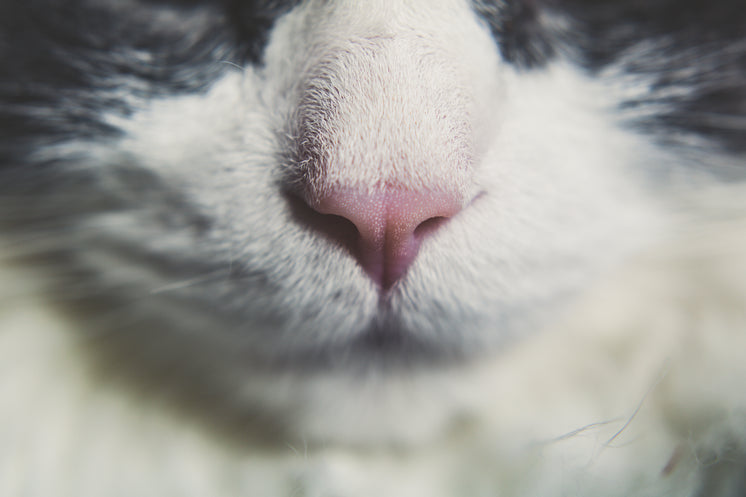
Cat litter and litter boxes play a pivotal role in the lives of both felines and their owners. From the humble beginnings of sand and soil to the ingenious improvements these days, the world of cat litter has evolved considerably. In this detailed guide, we dive into every element of cat litter and litter boxes, exploring their history, types, advantages, obstacles, and everything in between.
The history of cat litter dates back centuries, with ancient civilizations using sand, soil, and even ashes as primitive litter materials. However, it wasn't until the mid-20th century that modern cat litter as we understand it emerged. In 1947, Edward copyright introduced the world's first industrial cat litter made from absorbent clay, changing the method felines relieved themselves inside your home. Ever since, cat litter has actually gone through various changes, with the intro of clumping litter, silica gel litter, naturally degradable choices, and more.
Today, cat owners are spoiled for choice when it comes to selecting the ideal litter for their feline buddies. Standard clay litter stays popular for its cost and effectiveness in absorbing odors. Clumping litter, which forms strong clumps when wet, streamlines cleansing and maintenance. Silica gel litter, composed of extremely absorbent silica crystals, uses remarkable odor control and longevity. Biodegradable alternatives, such as recycled paper, wood pellets, corn, and wheat, interest environmentally conscious customers.
Each kind of cat litter provides unique benefits. Clay litter stands out in its ability to absorb wetness and control smells, making it a reputable choice for many cat owners. Clumping litter simplifies day-to-day scooping and extends the time in between complete litter modifications. Silica gel litter offers remarkable odor control and can last longer between replacements. Biodegradable litters use a sustainable option that reduces ecological impact.
While cat litter boosts indoor feline health, it is cat litter pellets not without its challenges. Dust from clay litter can posture breathing risks for both cats and human beings, triggering the popularity of dust-free options. Some cats might develop litter box hostility due to issues with texture, aroma, or cleanliness, demanding experimentation with different litters and box setups. Multi-cat households might require tactical litter box placement and regular maintenance to avoid territorial disputes and make sure all EcoFriendly Litter Boxes cats have access to tidy facilities.
Choosing the appropriate litter box is vital for promoting positive litter box practices and general feline well-being. Factors to think about consist of size, accessibility, and style choices. Covered litter boxes supply privacy and aid contain smells, but some cats may discover them restricting or intimidating. Open-top litter boxes provide simple access and visibility however may lead to more litter scatter. Automatic self-cleaning litter boxes simplify maintenance but need regular monitoring and maintenance.
Proper litter box maintenance is vital for making sure a clean and inviting environment for both cats and their owners. Daily scooping eliminates waste without delay, reducing smell and discouraging litter box aversion. Routine litter replacement, normally every 1-2 weeks, prevents bacterial buildup and keeps optimum absorbency. Extensive cleansing with mild cleaning agent and water, avoiding harsh chemicals that may hinder felines from utilizing package, should be performed monthly.
Cat litter and litter boxes play a central function in fostering a healthy and harmonious relationship in between felines and EcoFriendly Litter Boxes their human buddies. With a diverse variety of litter alternatives and litter box styles available, cat owners have the flexibility to customize their options to match their felines' preferences and home requirements. By understanding the evolution, types, benefits, and difficulties of cat litter and litter boxes, animal owners can supply their feline good friends with a comfortable and hygienic indoor environment.